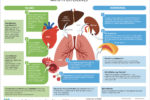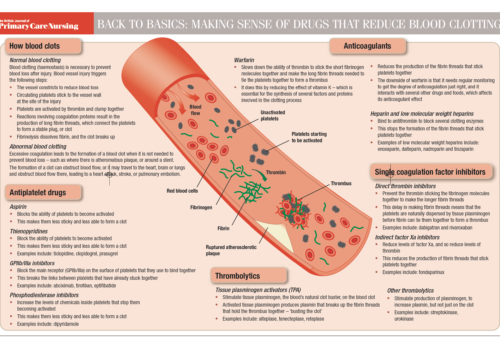Echocardiography (ECHO) is the “gold standard” test in the diagnosis of heart failure. Brain natriuretic peptide (BNP) can be helpful to rule outpatients who do not require ECHO. This study used an elevated level of Nterminal prohormone BNP (NT-proBNP) as a criterion for referral to a new community heart failure clinic. Results showed that NT-proBNP could be a useful test in the management of heart failure. The researchers propose to institute age- and sex-related cut-offs to refine its place in the patient care pathway.


























